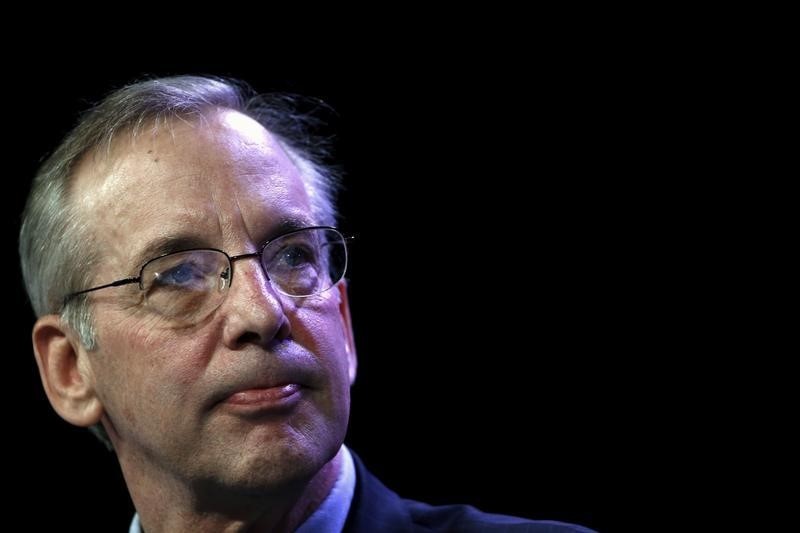(Bloomberg) -- Federal Reserve Bank of New York President William Dudley plans to retire in the middle of next year, signaling the departure of an influential, crisis-tested policy maker that will widen the leadership overhaul at the U.S. central bank.
The New York Fed said in a statement Monday that his decision will “ensure that a successor is in place well before the end of his term,” in January 2019.
President Donald Trump announced on Nov. 2 that Fed Governor Jerome Powell will be nominated to replace Chair Janet Yellen when her term expires in February, and Vice Chairman Stanley Fischer retired in mid-October. That leaves Trump with three open slots on the seven-seat Board in Washington, plus a fourth if Yellen decides to resign her seat as governor, as is widely expected.
With all the opportunities Trump will have to put his stamp on the nation’s central bank, personnel changes at the institution bring political and economic risks. Under current management, the Fed has helped create conditions for a stock market rally and the economy shows few signs of weakening -- so mistakes by new policy makers could get pinned on Trump.
“We are in the midst of a real change in the people who are going to be making policy decisions. The New York Fed president is probably the third-most important role at the Fed, behind the chair and the vice chair,” said Michelle Girard, chief U.S. economist at NatWest Markets in Stamford, Connecticut. “All of these people are going to be sort of feeling their way along a bit.”
Permanent Vote
The New York Fed chief serves as the vice chairman of the policy-setting Federal Open Market Committee and has a permanent vote on its decisions. In that capacity, Dudley has been a fierce defender of Yellen’s gradual approach to raising interest rates and allowing the central bank’s $4.5 trillion balance sheet to shrink slowly.
The New York Fed’s board of directors selects the district bank’s president, in consultation with the Fed Board in Washington.
Dudley turns 65 next year and has led the New York Fed since January 2009. The bank’s oversight of Wall Street gives it an out-sized importance relative to the other 11 regional Fed banks, although the Board in Washington has taken the lead on financial regulation since post-crisis changes to bank supervision.
The FOMC is next scheduled to meet Dec. 12-13, and trading in federal funds futures indicates investors expect the fifth rate increase since it began tightening policy in December 2015.
“Dudley was dovish on monetary policy and it is not sure that the next president will be as dovish. The needle could move to a slightly more hawkish direction,” said Thomas Costerg, senior U.S. economist at Pictet Wealth Management in Geneva, Switzerland. “The other risk is potentially more market volatility. Dudley was pro on hand-holding the market.”
Unprecedented Stimulus
A former chief U.S. economist at Goldman Sachs Group Inc (NYSE:GS)., Dudley was a central figure as the Fed injected unprecedented monetary stimulus in the aftermath of the 2008-2009 financial crisis and the worst recession in decades.
Prior to becoming president, he was in charge of managing open-market operations at the New York Fed, which implements FOMC rate decisions. If the bank’s directors decide to make another internal appointment, that could point to Simon Potter, who currently has that role.
Still, the regional bank in the past has also reached beyond the central bank to bring in an outsider. Dudley replaced Timothy Geithner, who worked at the U.S. Treasury and International Monetary Fund before shifting to the Fed. Geithner went on to become President Barack Obama’s first treasury secretary.
“There seems to be a mood in DC to bring back the Fed to a more boring function,” Costerg said. “We are kind of seeing that with Powell’s nomination. It will be interesting to see if the New York president follows the same pattern.”
(Updates with fresh analyst quote in fifth paragraph.)
